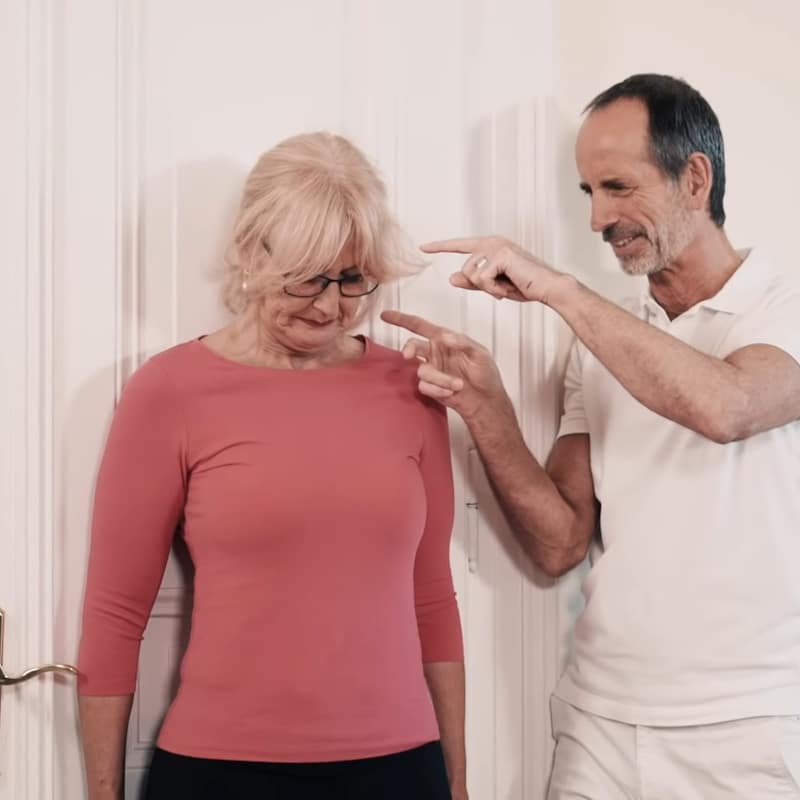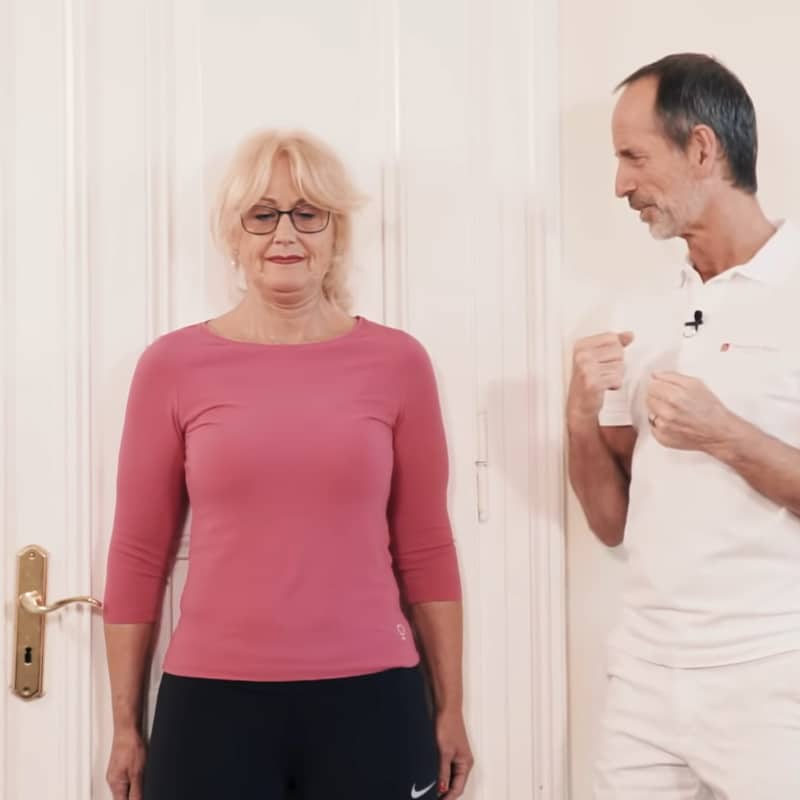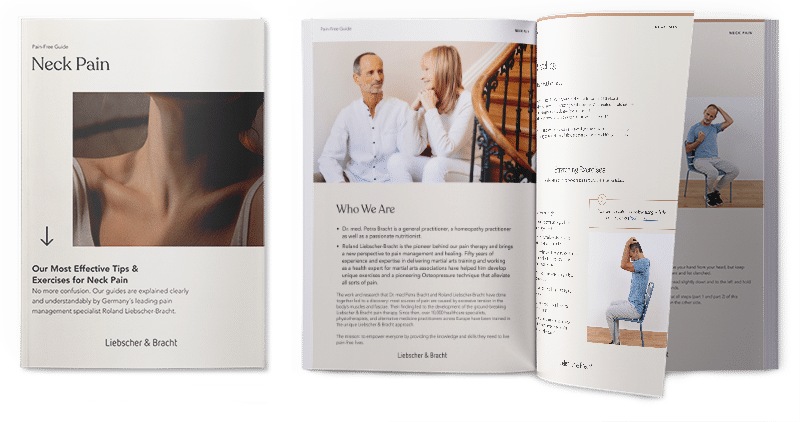Torticollis Treatment
Body Part:
Neck
Equipment:
None
Level:
Beginner
Body Part:
Neck
Equipment:
None
Level:
Beginner
Your neck has important jobs to do. It supports your head, guards nerves that transmit information from your brain to the body, and makes the movement of your head possible so you can shake it ‘yes’ or ‘no’. Torticollis (also known as wry neck and acute torticollis) is a condition that affects the neck muscles. It occurs when the sternocleidomastoid muscle (a muscle that runs from your collarbone and breastbone to under your ear) shortens; your head tips towards the muscle and your chin turns in the opposite direction.1) Torticollis limits your ability to move your head, severely restricts or eliminates your range of motion, and your neck can’t do its jobs well. We’ve developed a stretch for adults who have torticollis that can help relieve neck pain, and it only takes about 4 minutes. Jump to our routine or keep reading to learn more about torticollis.
Although the cause of torticollis is often unknown, it can be brought on by:


Important: while you’re stretching, keep your back against the wall; do not come forward.

Put yourself on a stretching schedule: perform our torticollis treatment 6 days a week for 3 weeks. You can adjust your exercise frequency as soon as your neck pain alleviates.
Try sleeping without a pillow for a week or two. Our heads love puffy pillows, but our spines don’t. Pillows that elevate your head too high from your mattress contribute to spinal misalignment and may bring on a stiff neck.
Download our FREE PDF guide and discover more neck pain exercises you can do from home.

Our Encyclopedia Article includes all you need to know about the neck, and causes and symptoms off neck pain. Includes more pain-relieving exercises.
Become a Neck Pain Expertravity is partly responsible for our poor posture. This 4 minute posture correction exercise shows you how to team up with gravity to develop a healthy habit.
Get Healthier Posture NowThis 2-minute stretch can help relieve soreness, a dull ache, or burning between or under your shoulder blades and restore your range of motion.
Try Now